Heart of the country: Andrew Moore explores America’s Dirt Meridian
Andrew Moore's Dirt Meridian is an aerial survey of the American landscape along the 100th parallel, the line of longitude that takes in North Dakota, South Dakota, Nebraska, Kansas, Oklahoma and Texas. For the most part, this is spectacular open landscape, often dismissed by coast dwellers as 'Flyover Country', the great sweeps of flat farmland and prairie that no-one deems important enough to visit, let alone drive through.
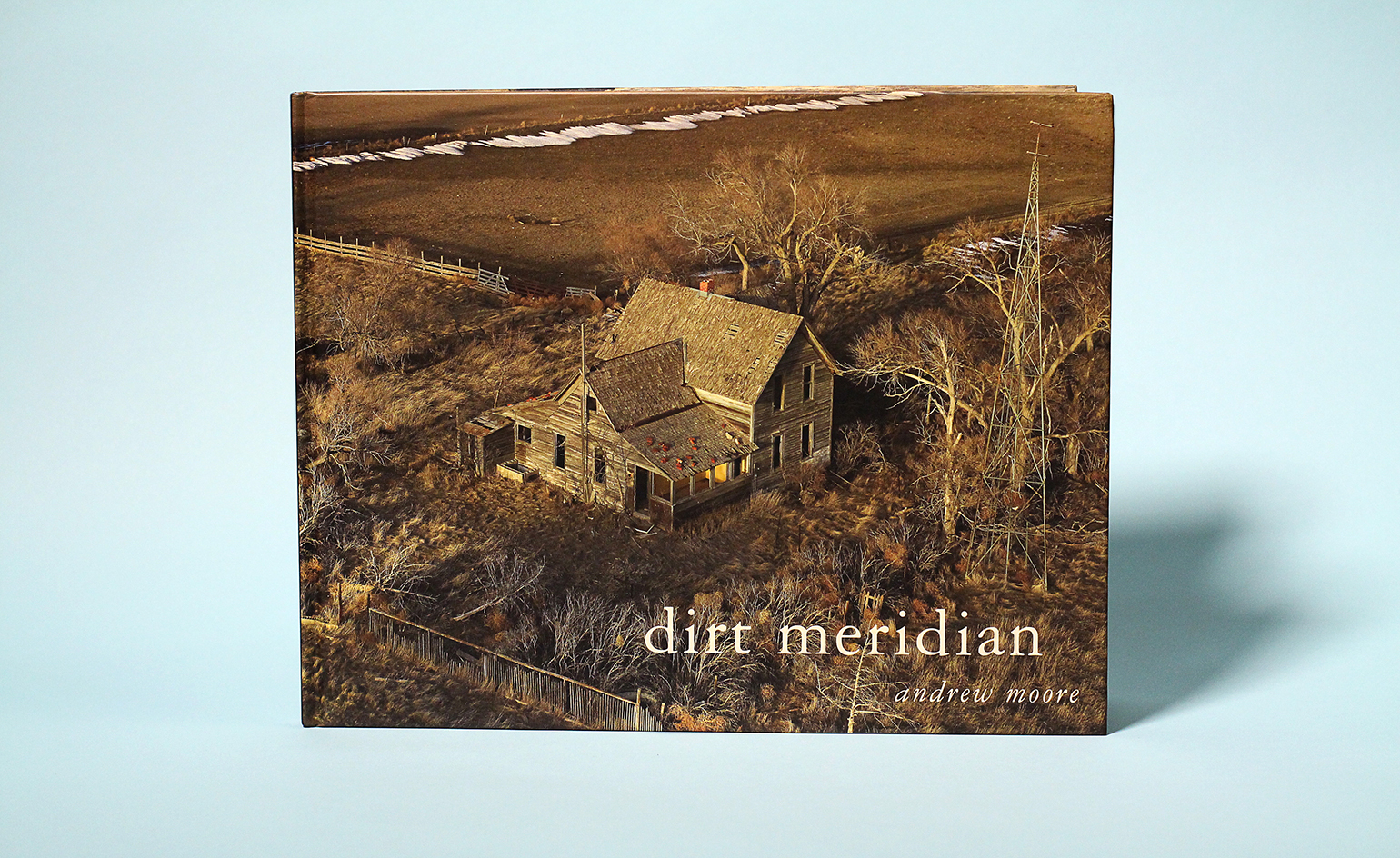
Andrew Moore's Dirt Meridian is an aerial survey of the American landscape along the 100th parallel, the line of longitude that takes in North Dakota, South Dakota, Nebraska, Kansas, Oklahoma and Texas. For the most part, this is spectacular open landscape, often dismissed by coast dwellers as 'Flyover Country' – the great sweeps of flat farmland and prairie that no-one deems important enough to visit, let alone drive through.
Moore's journey runs the length of this north-south line, and was chronicled with a combination of traditional large-format landscape photography and a specially developed aerial survey, using a wing-mounted digital camera to gain a unique perspective on the landscape, thanks to the flying skills of Doug Dean. The project has been ten years in the making, during which time Moore has befriended and photographed the lives of many communities living along the line, as well as the drama and majesty of the countryside they inhabit.
At times it is a dusty, bleak working landscape, with the ruins of past lives all too visible. At others, the contours rise dramatically, and farmland is backed up tight against natural splendour. But mostly, this is a prairie and desert landscape, arid and flat, scoured by dust storms with little rainfall or respite. The 100th meridian remains geographically and psychologically significant, a demarcation that splits the US in two. For all the decades of progress that have followed since the railroad first bisected this countryside in the 19th century, the people who live here and who stand before Moore's camera are still very much pioneers, far removed from our everyday experience. These images convey a strong sense of atmosphere, place and personality, a heartland that is strangely detached from the rest of the country on either side of it.
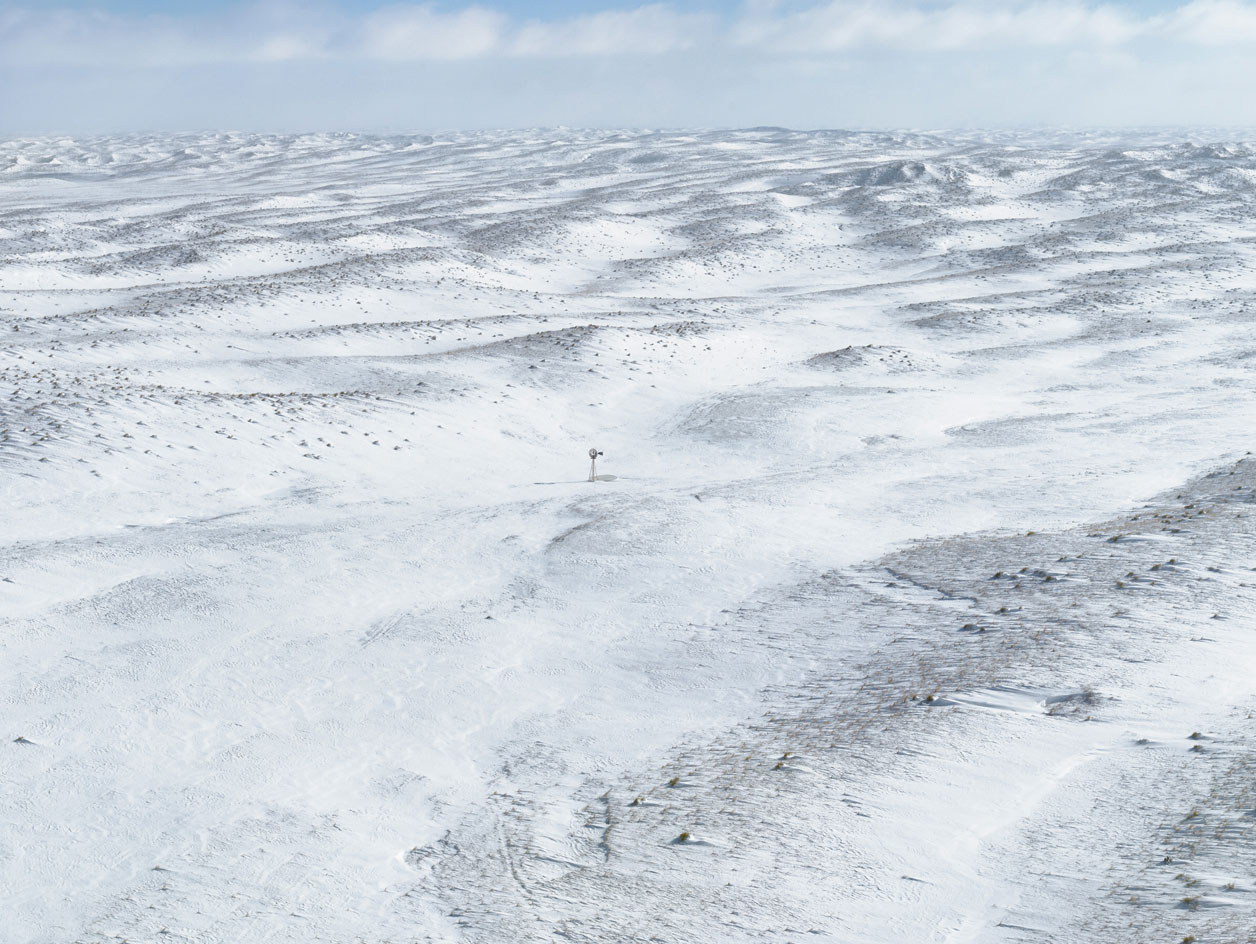
Sandhills Blizzard, Cherry County, Nebraska, 2013

The line of longitude takes in North Dakota, South Dakota, Nebraska, Kansas, Oklahoma and Texas – great sweeps of flat farmland and prairie that no-one deems important enough to visit, let alone drive through. Pictured: Coyote Den, Las Animas County, Colorado, 2014
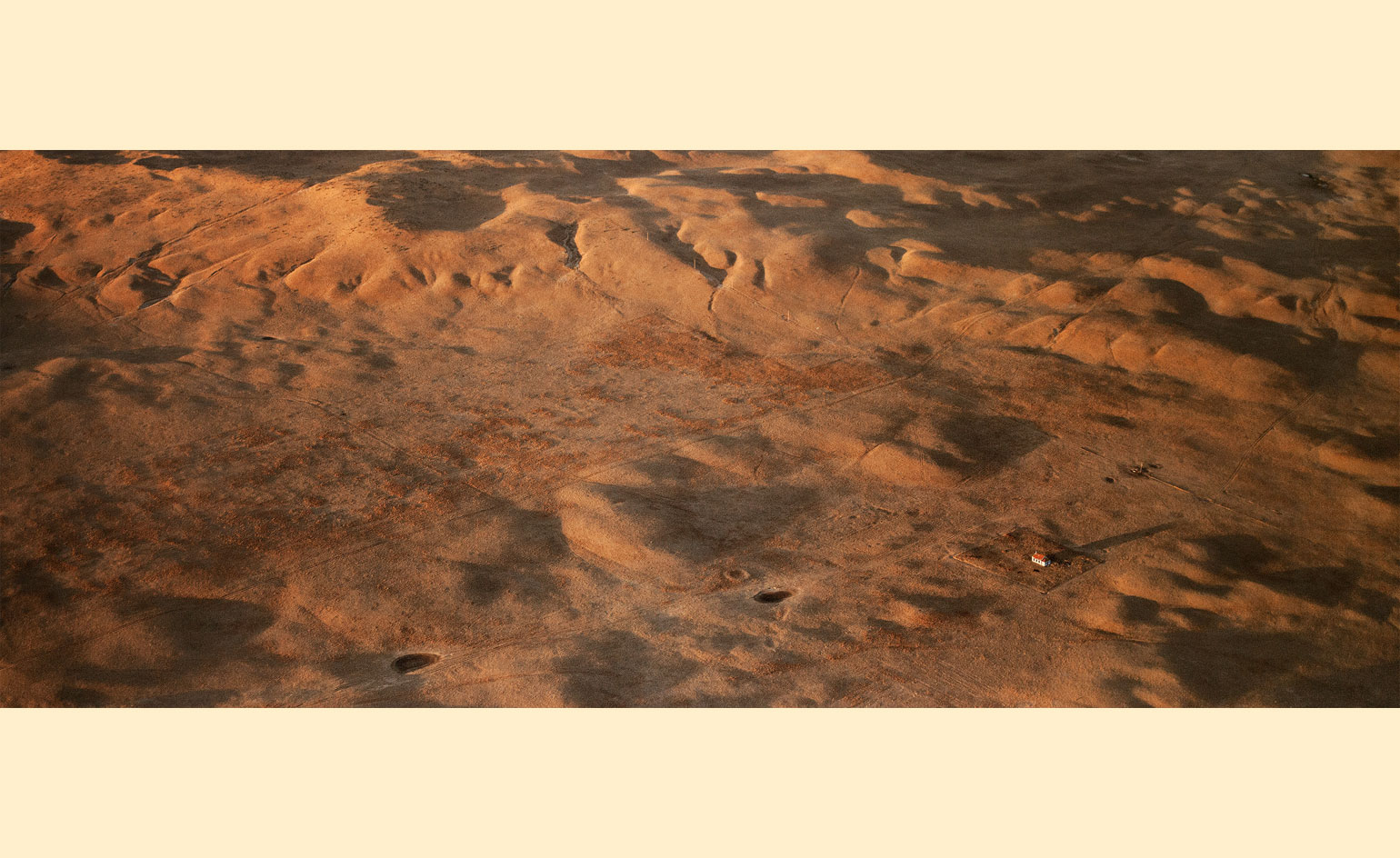
Schoolhouse on the China Pasture, Cherry County, Nebraska, 2013

Moore’s journey runs the length of this north-south line, and was chronicled with a combination of traditional large-format landscape photography and a specially developed aerial survey, using a wing-mounted digital camera to gain a unique perspective on the landscape. Pictured left: Thorne House Interior, Jones County, South Dakota, 2014; right: Capa Hotel and Bathhouse, Jones County, South Dakota, 2014

Uncle Teed, Sioux County, Nebraska, 2013
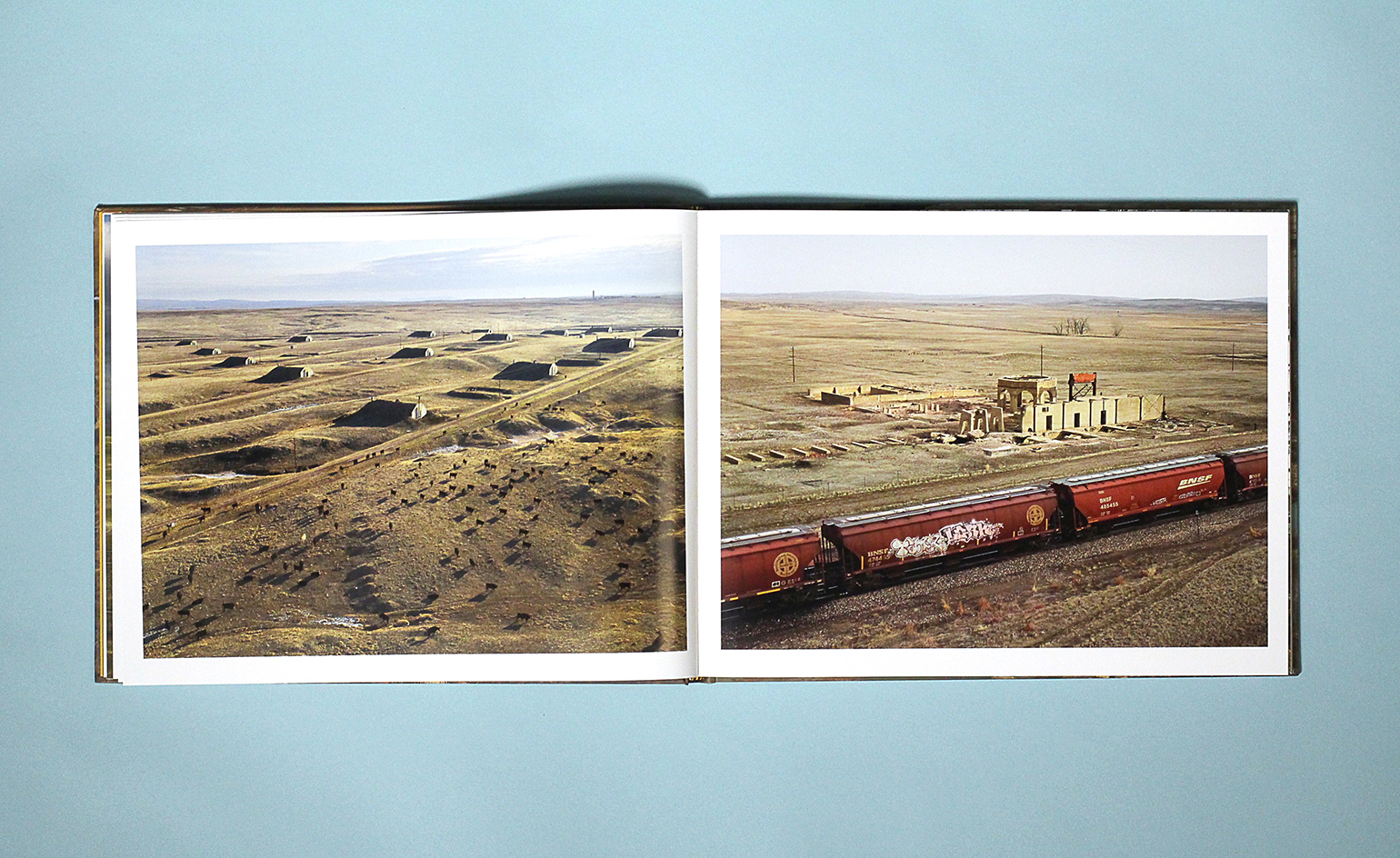
The project has been ten years in the making, during which time Moore has befriended and photographed the lives of many communities living along the line. Pictured left: Grazing by Igloos, Fall River County, South Dakota, 2013; right: Potash Plant Remnants, Sheridan County, Nebraska, 2013
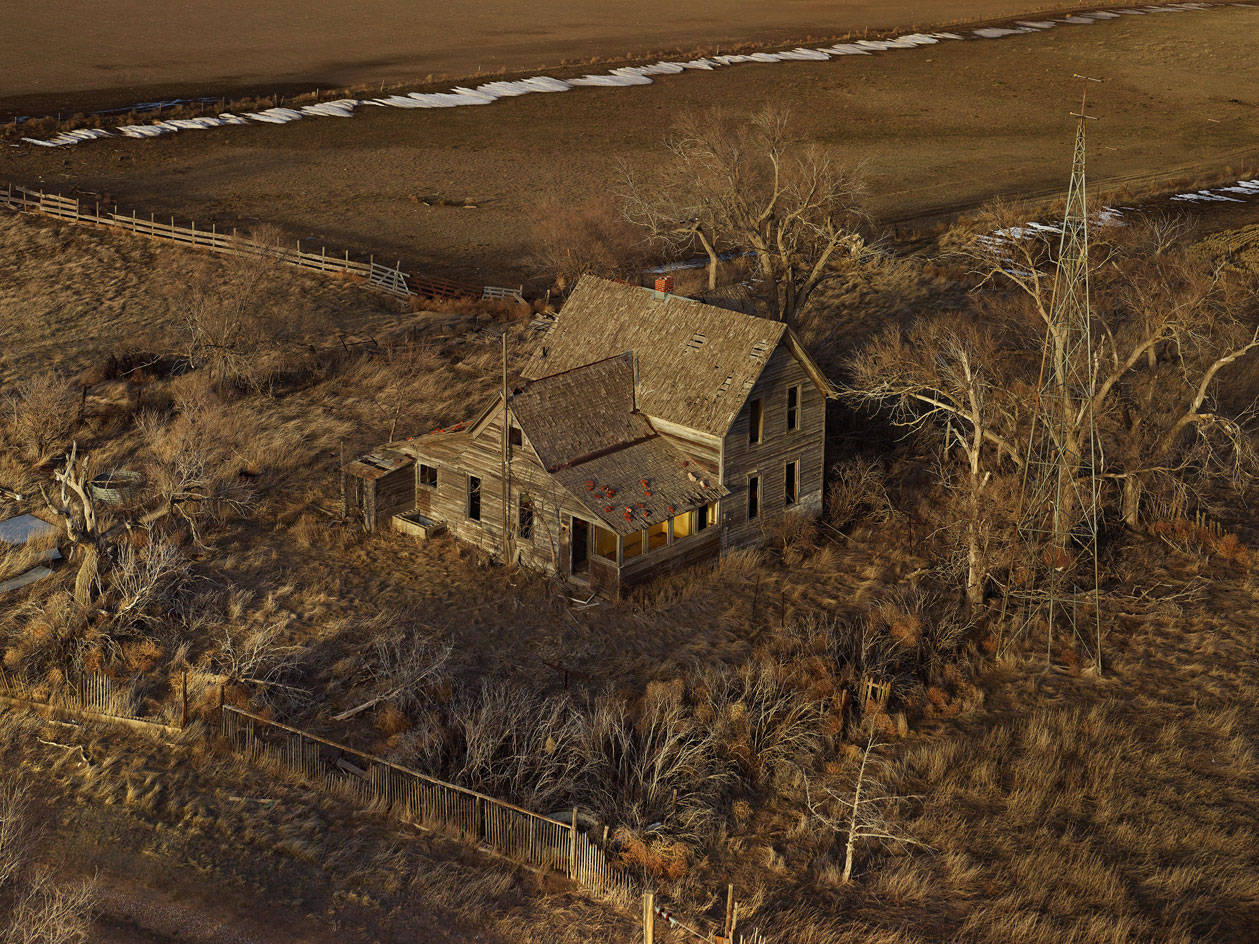
The Yellow Porch, Sheridan County, Nebraska, 2013

At times it is a dusty, bleak working landscape, with the ruins of past lives all too visible. At others, the contours rise dramatically, and farmland is backed up tight against natural splendour. Pictured left: Chalk Hills, Custer County, South Dakota, 2014; right: Along the Bad River, Haakon County, South Dakota, 2014
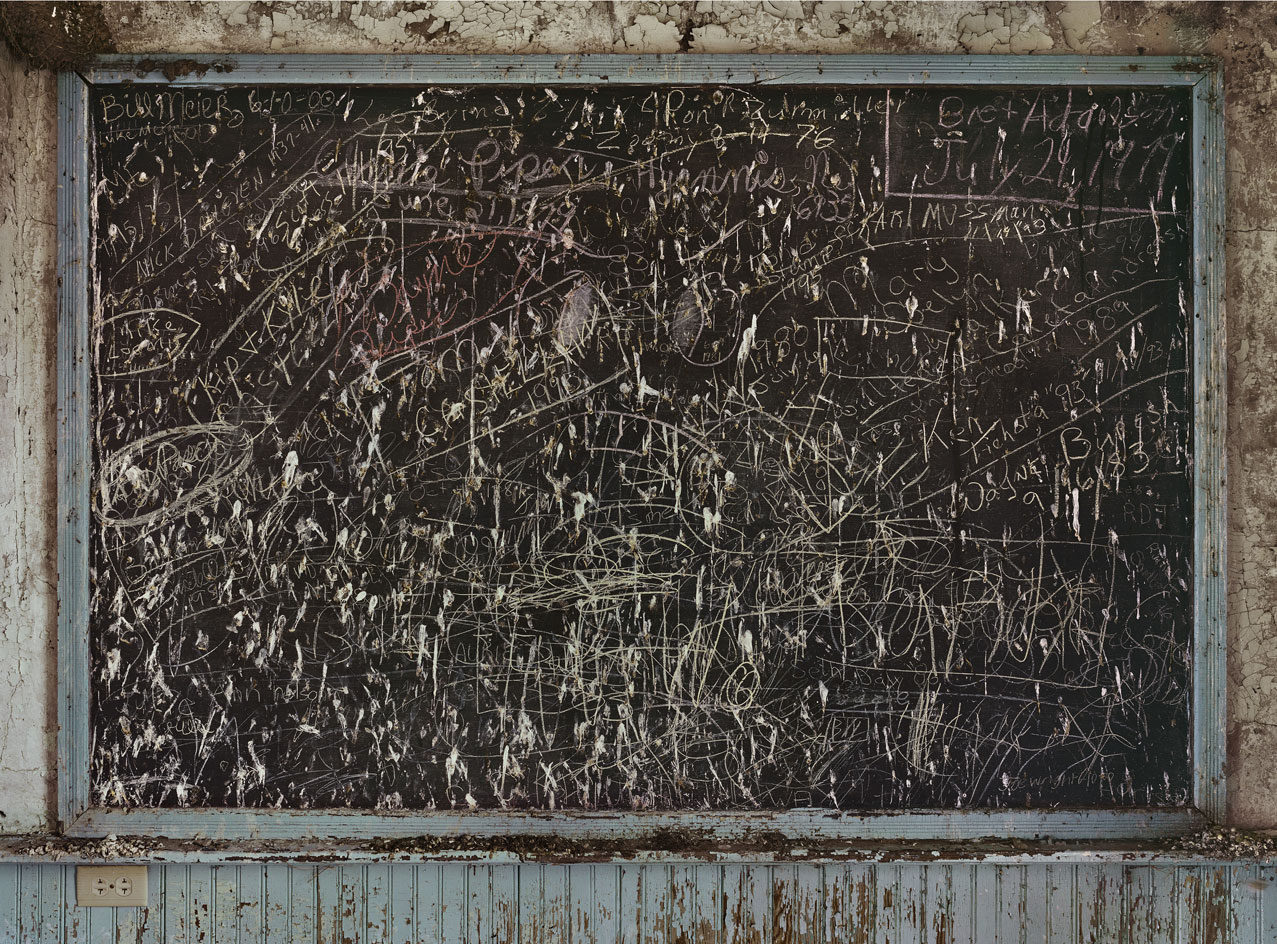
School District 123, Cherry County, Nebraska, 2012

These images convey a strong sense of atmosphere, place and personality, a heartland that is strangely detached from the rest of the country on either side of it. Pictured left: Roughneck Housing, McKenzie County, North Dakota, 2013; right: Red Road Rock, Dunn County, North Dakota, 2013
INFORMATION
Dirt Meridian by Andrew Moore, $50, published by Damiani
Receive our daily digest of inspiration, escapism and design stories from around the world direct to your inbox.
Jonathan Bell has written for Wallpaper* magazine since 1999, covering everything from architecture and transport design to books, tech and graphic design. He is now the magazine’s Transport and Technology Editor. Jonathan has written and edited 15 books, including Concept Car Design, 21st Century House, and The New Modern House. He is also the host of Wallpaper’s first podcast.
-
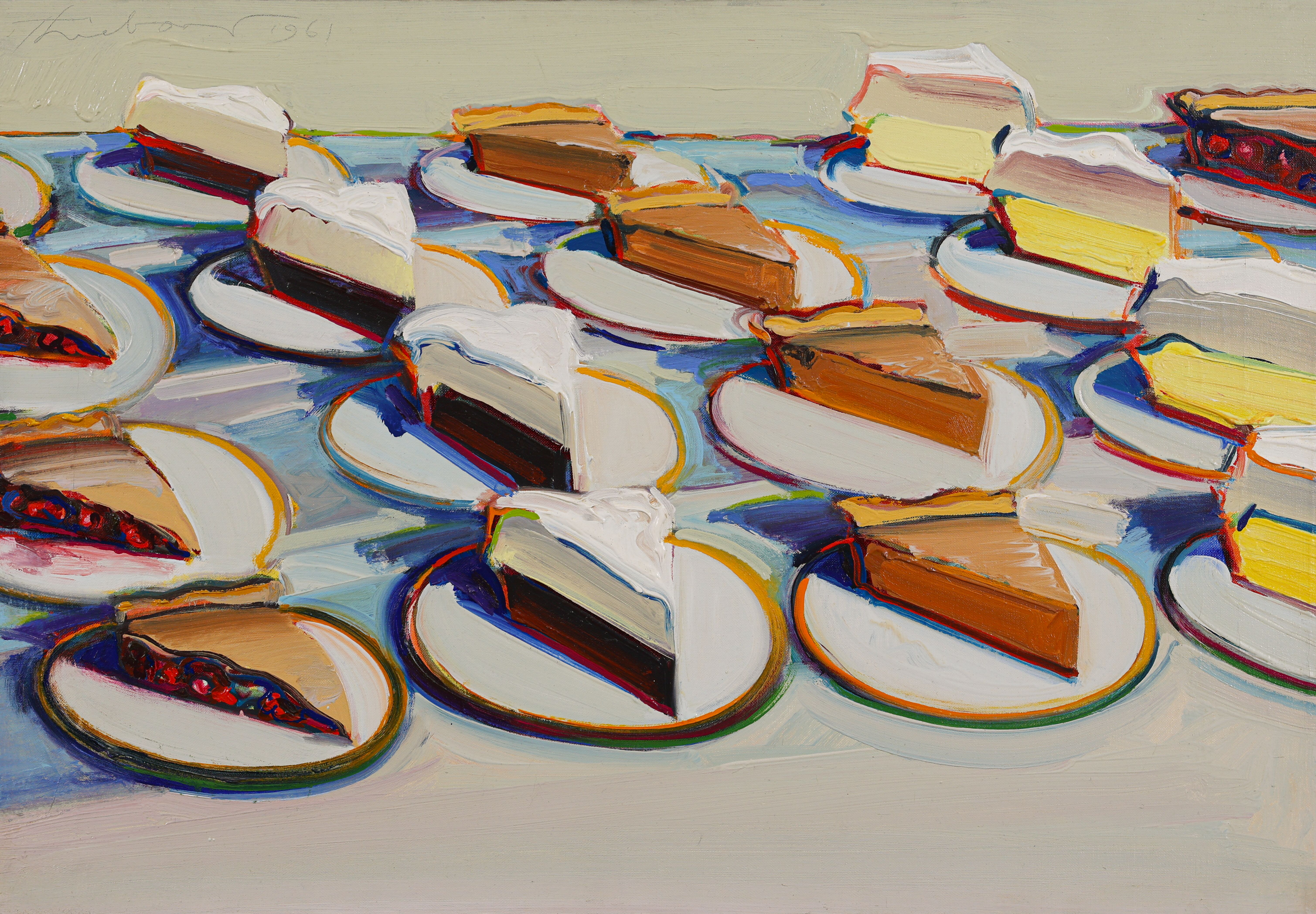 Why are Wayne Thiebaud’s paintings at the Courtauld so tempting?
Why are Wayne Thiebaud’s paintings at the Courtauld so tempting?The American artist’s thickly painted slices of cake at the Courtauld are some of our favourite artworks seen this year. What makes them so special?
-
 Taiwan’s new ‘museumbrary’ is a paradigm-shifting, cube-shaped cultural hub
Taiwan’s new ‘museumbrary’ is a paradigm-shifting, cube-shaped cultural hubPart museum, part library, the SANAA-designed Taichung Green Museumbrary contains a world of sweeping curves and flowing possibilities, immersed in a natural setting
-
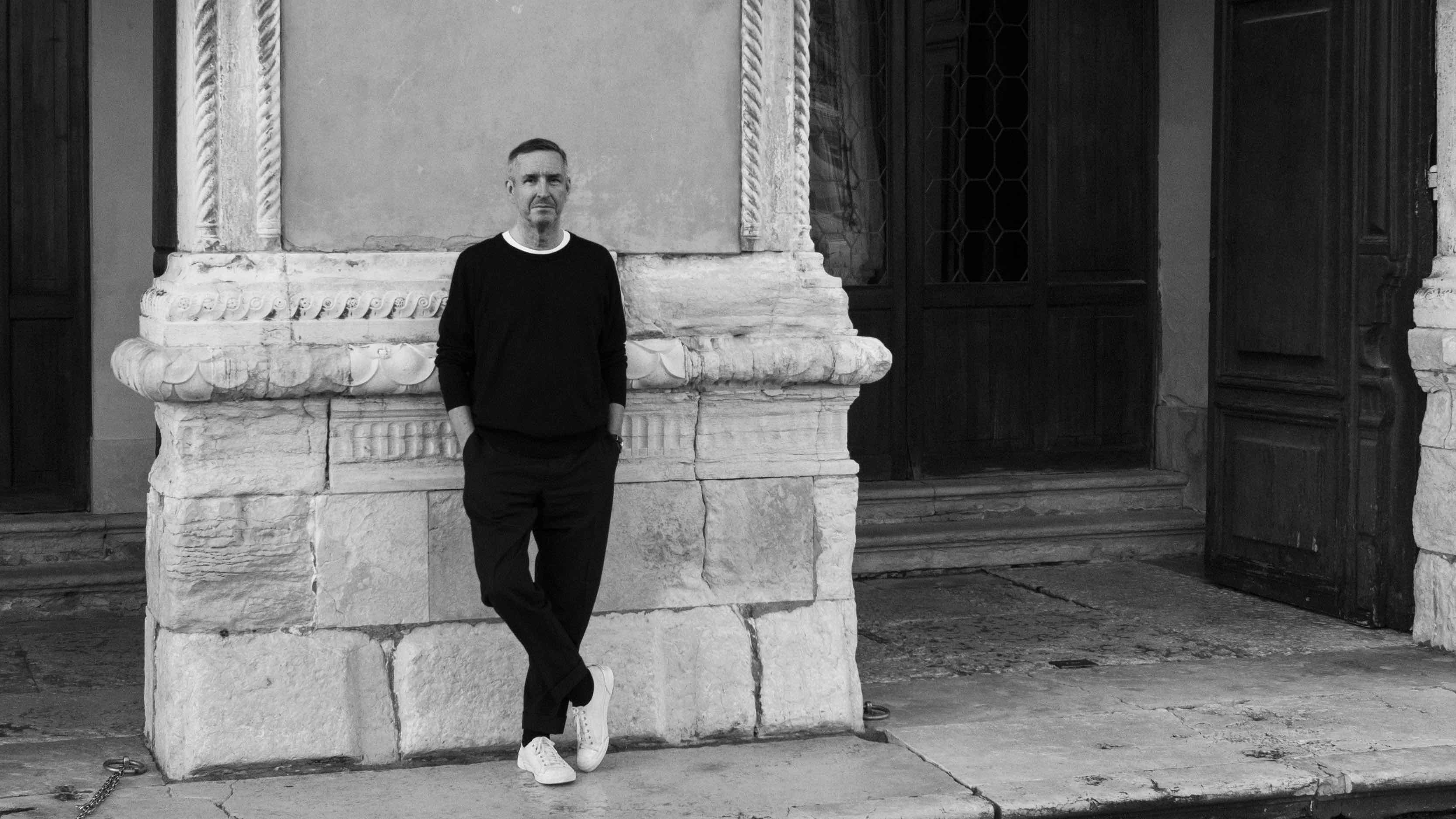 Dries van Noten on why he's building a new home for craft in Venice
Dries van Noten on why he's building a new home for craft in VeniceA year after departing the runway, Dries van Noten unveils his next chapter: the Fondazione Dries Van Noten, a newly announced cultural initiative in Venice celebrating craft in all its forms. Wallpaper* meets the designer to find out why he’s not ready to retire.
-
 Nadia Lee Cohen distils a distant American memory into an unflinching new photo book
Nadia Lee Cohen distils a distant American memory into an unflinching new photo book‘Holy Ohio’ documents the British photographer and filmmaker’s personal journey as she reconnects with distant family and her earliest American memories
-
 Ed Ruscha’s foray into chocolate is sweet, smart and very American
Ed Ruscha’s foray into chocolate is sweet, smart and very AmericanArt and chocolate combine deliciously in ‘Made in California’, a project from the artist with andSons Chocolatiers
-
 Jamel Shabazz’s photographs are a love letter to Prospect Park
Jamel Shabazz’s photographs are a love letter to Prospect ParkIn a new book, ‘Prospect Park: Photographs of a Brooklyn Oasis, 1980 to 2025’, Jamel Shabazz discovers a warmer side of human nature
-
 The Hammer Museum in Los Angeles launches the seventh iteration of its highly anticipated artist biennial
The Hammer Museum in Los Angeles launches the seventh iteration of its highly anticipated artist biennialOne of the gallery's flagship exhibitions, Made in LA showcases the breadth and depth of the city's contemporary art scene
-
 Thomas Prior’s photography captures the uncanny fragility of American life
Thomas Prior’s photography captures the uncanny fragility of American lifeA new book unites two decades of the photographer’s piercing, uneasy work
-
 Central Park’s revitalised Delacorte Theater gears up for a new future
Central Park’s revitalised Delacorte Theater gears up for a new futureEnnead Architects helmed an ambitious renovation process that has given the New York City cultural landmark a vibrant and more accessible future
-
 Stephen Prina borrows from pop, classical and modern music: now MoMA pays tribute to his performance work
Stephen Prina borrows from pop, classical and modern music: now MoMA pays tribute to his performance work‘Stephen Prina: A Lick and a Promise’ recalls the artist, musician, and composer’s performances, and is presented throughout MoMA. Prina tells us more
-
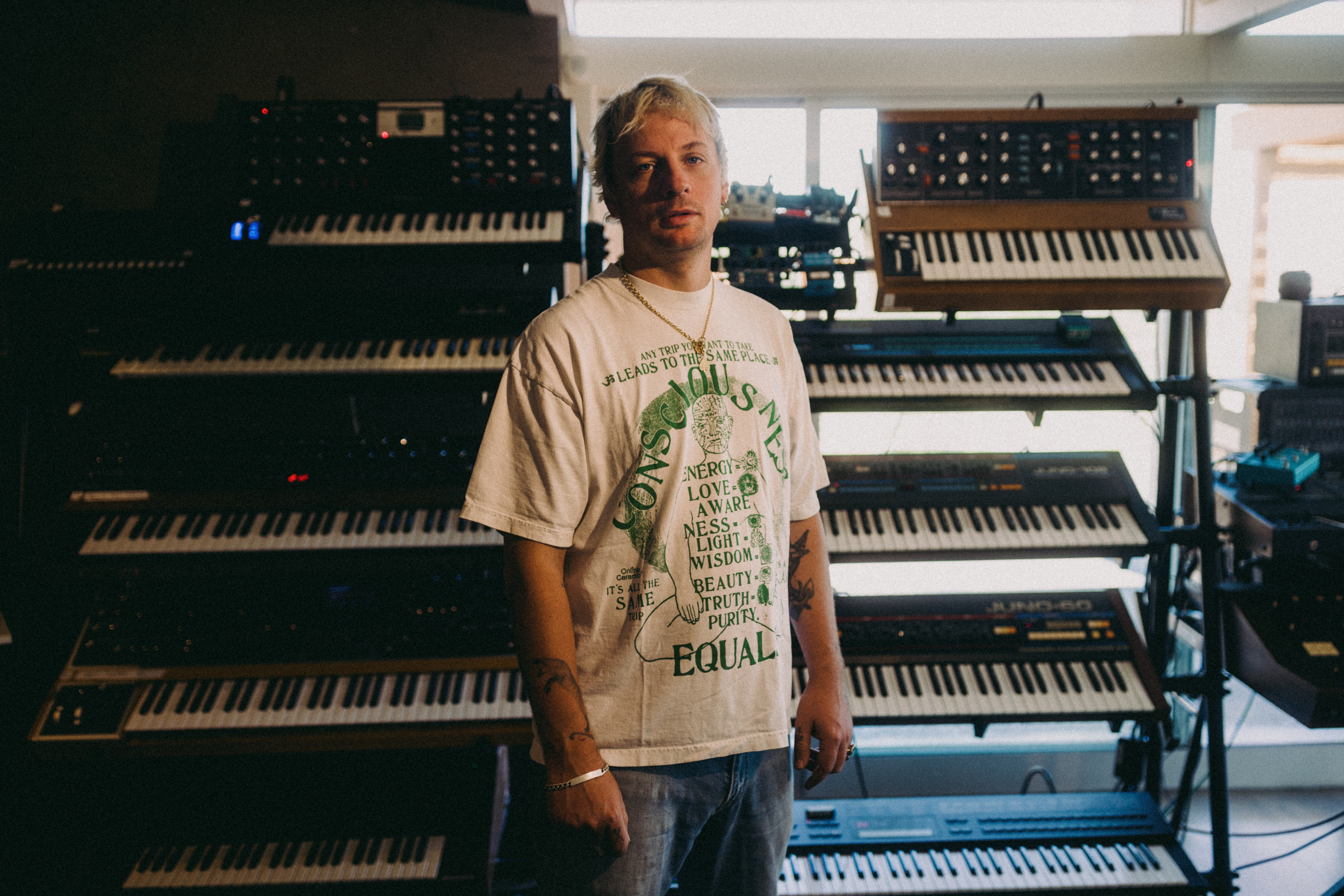 Curtains up, Kid Harpoon rethinks the sound of Broadway production ‘Art’
Curtains up, Kid Harpoon rethinks the sound of Broadway production ‘Art’He’s crafted hits with Harry Styles and Miley Cyrus; now songwriter and producer Kid Harpoon (aka Tom Hull) tells us about composing the music for the new, all-star Broadway revival of Yasmina Reza’s play ‘Art’